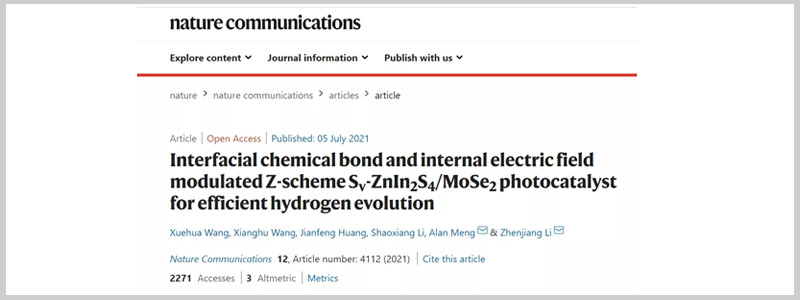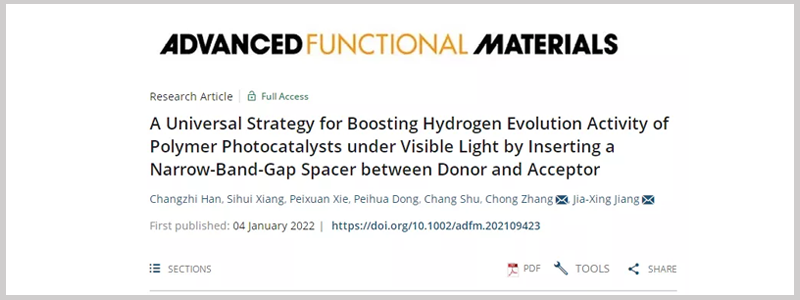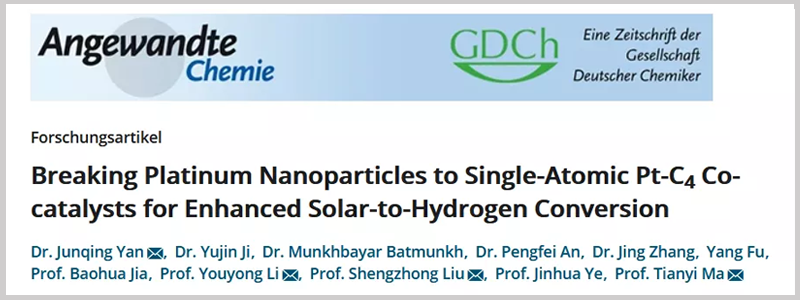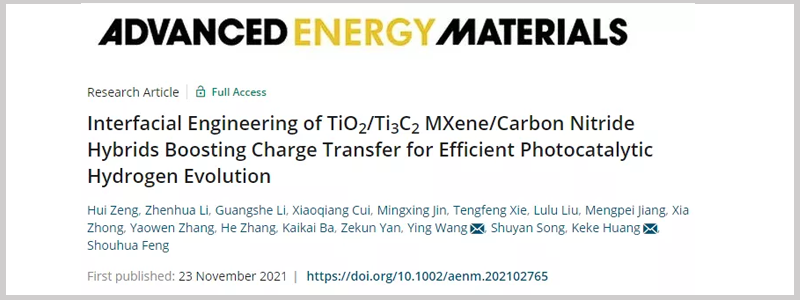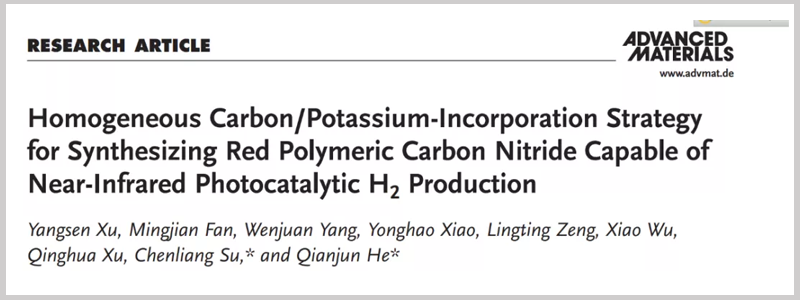● Glass valves + automatic actuators to achieve a balance of airtightness and efficiency;
● Efficient gas circulation, promoting mass transfer between reactions and catalysts effectively while preventing side reactions and reverse reactions caused by the re-adsorption of product molecules, accurately presenting the intrinsic activity of catalysts;
● Rapid gas mixing, gas homogenization time < 10 min, ensuring the accuracy of product detection;
● Integrated control program, simple and convenient operation, with scientific-level accuracy;
● Strong compatibility, enabling trace gas detection for various reactions, such as photocatalysis, photo-thermal catalysis, electrocatalysis, and PEC photoelectrochemical reactions by changing different reactors.
▲ Especially suitable ● Rather suitable ○ Can be used
▲ Photocatalytic/Photoelectrocatalytic Water Splitting for Hydrogen/Oxygen
▲ Photocatalytic/Photoelectrocatalytic Complete Water Splitting
▲ Photocatalytic/Photoelectrocatalytic CO₂ Reduction
▲ Photocatalytic Quantum Efficiency Measurement
▲ Photo-thermal Catalysis (Negative Pressure Atmospheric System)
▲ Electrocatalysis HER, OER, CO₂RR
Can be used with various reactors to expand applications
● Gas homogenization time: H₂, O₂, CH₄, CO homogenization time < 10 min;
● Standard curve linearity: R² > 0.9995 when H₂ content is in the range of 100 μL to 10 mL;
● Reproducibility: RSD < 3% for four consecutive injections at the same concentration;
● Exhaust volume: 6 mL per cycle, provides excellent circulation driving force from negative pressure to atmospheric pressure;
● Non-magnetic drive plunger pump: No electrical connections in the pipeline, no risk of hydrogen explosion, no interference from electrolysis of water; has a one-way valve structure, enabling one-way circulation of all pipelines;
● Sampling method: Quantitative loop is located at the multi-port glass sampling valve, non-chromatographic sampling;
● Circulation pipeline: The narrowest pipeline has an inner diameter of 3 mm, non-small-caliber chromatographic pipelines, with low gas resistance.
● Reactor: Suitable for photocatalytic reactor, photoelectrocatalysis, photo-thermal catalysis reactor; can be customized according to actual experimental requirements;
● Overall dimensions/mm: 490 (L) × 520 (W) × 740 (H)
● Metal protective casing: Provides some protection against potential gas leaks;
● Light protection cover: Portable light protection cover effectively prevents light pollution;
● Absolute vacuum degree: ≤1.5 kPa
● Operating pressure range: 0 kPa to atmospheric pressure
● Number of valves: 7
● Pipeline volume: 65 mL, strong system enrichment capacity
● Airtightness: ≤1 μmol/24 h @ O₂, meets the oxygen production requirements of photocatalysis experiments
● Pipeline material: High borosilicate glass, highly chemically inert, no adsorption
● Valve process: Made of high borosilicate glass, with precision grinding for valve plugs and valve sleeves
● Vacuum grease: Imported Corning vacuum grease, resistant to chemical corrosion, low vapor pressure, low volatility, working temperature: -40°C to 200°C
● Quantitative loop: 0.6 mL, 2 mL optional, system sensitivity adjustable
● Gas storage cylinder: 150 mL, suitable for system expansion and storage of reactive gases such as carbon dioxide
● Pipeline temperature control: Both circulation and injection pipelines can be temperature-controlled, with a maximum controllable temperature of 200°C; 10-segment program temperature control, temperature control accuracy ±0.1°C;
● Condensation tube (spherical/snake-shaped): Sufficient condensation to prevent water vapor from entering the gas chromatograph and vacuum pump
● Trap (optional): Separation of low-boiling components, extending the service life of the vacuum pump and improving system vacuum level
● Software modules: 32-bit control software and 4.5-inch TFF color touch screen; built-in instrument methods for controlling glass valve actions, gas chromatograph and vacuum pump start/stop, easy operation; real-time display of valve positions in automatic control mode, with safety protection and warning functions; sensors automatically prompt for vacuum grease replacement; has a two-level encrypted debugging program for equipment debugging, internal method setting, and flexible use by experienced users; real-time display of internal system pressure, ambient temperature, and other parameters;
● Automatic sampling valve: Made of high borosilicate glass, with a built-in quantitative loop; multi-port composite sampling valve to reduce system circulation volume; supports manual, automatic, and semi-automatic operation modes;
● Vacuum pump: The system control software automatically controls start/stop, intermittent operation, low noise; includes a one-way electromagnetic valve to prevent oil backflow;
● Detection range: Various trace gases such as H₂, O₂, CH₄, CO;
● Detection limit/μmol: H₂: 0.05; O₂: 0.1; CH₄/CO: 0.0005.
Representative References

